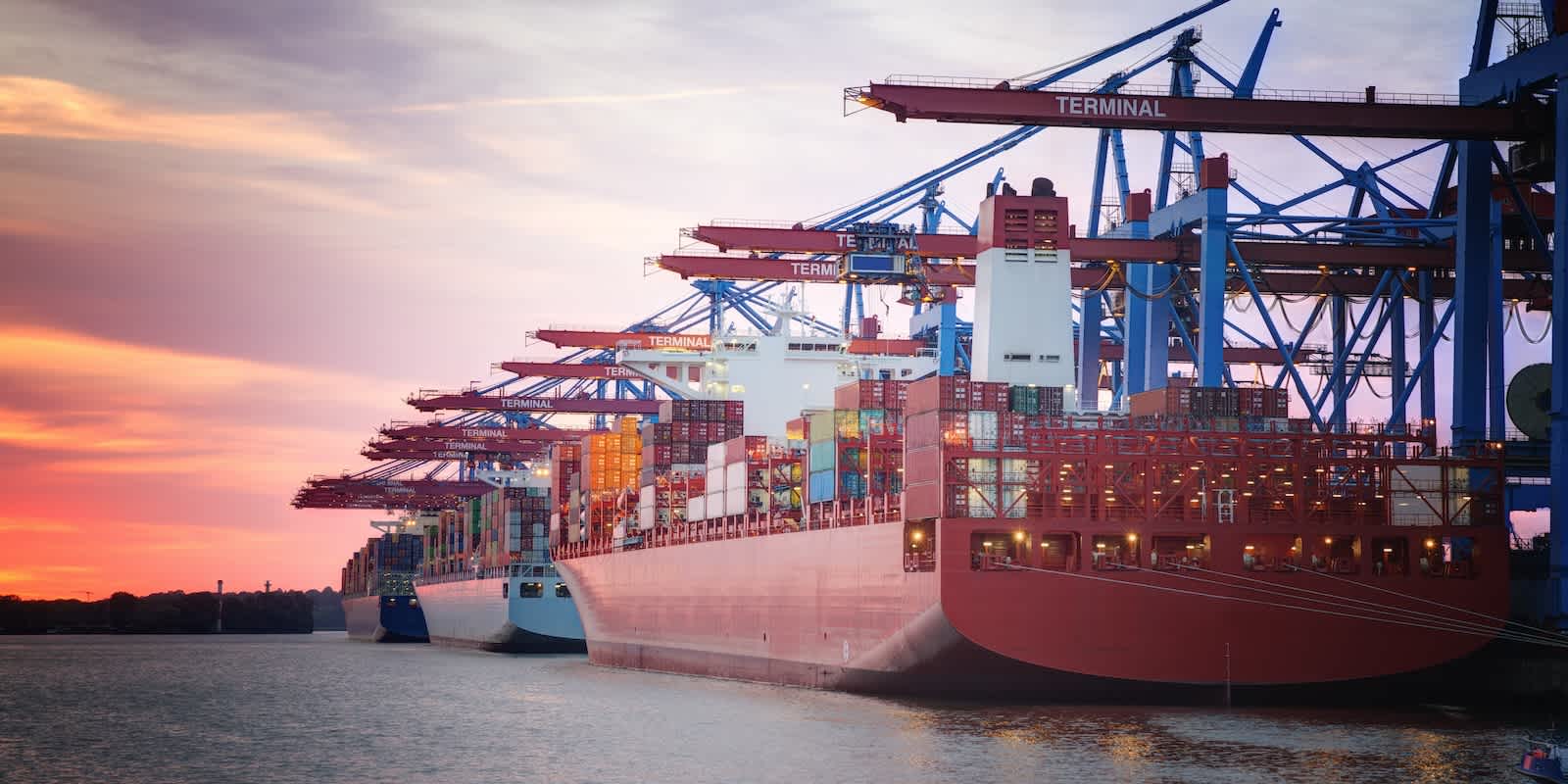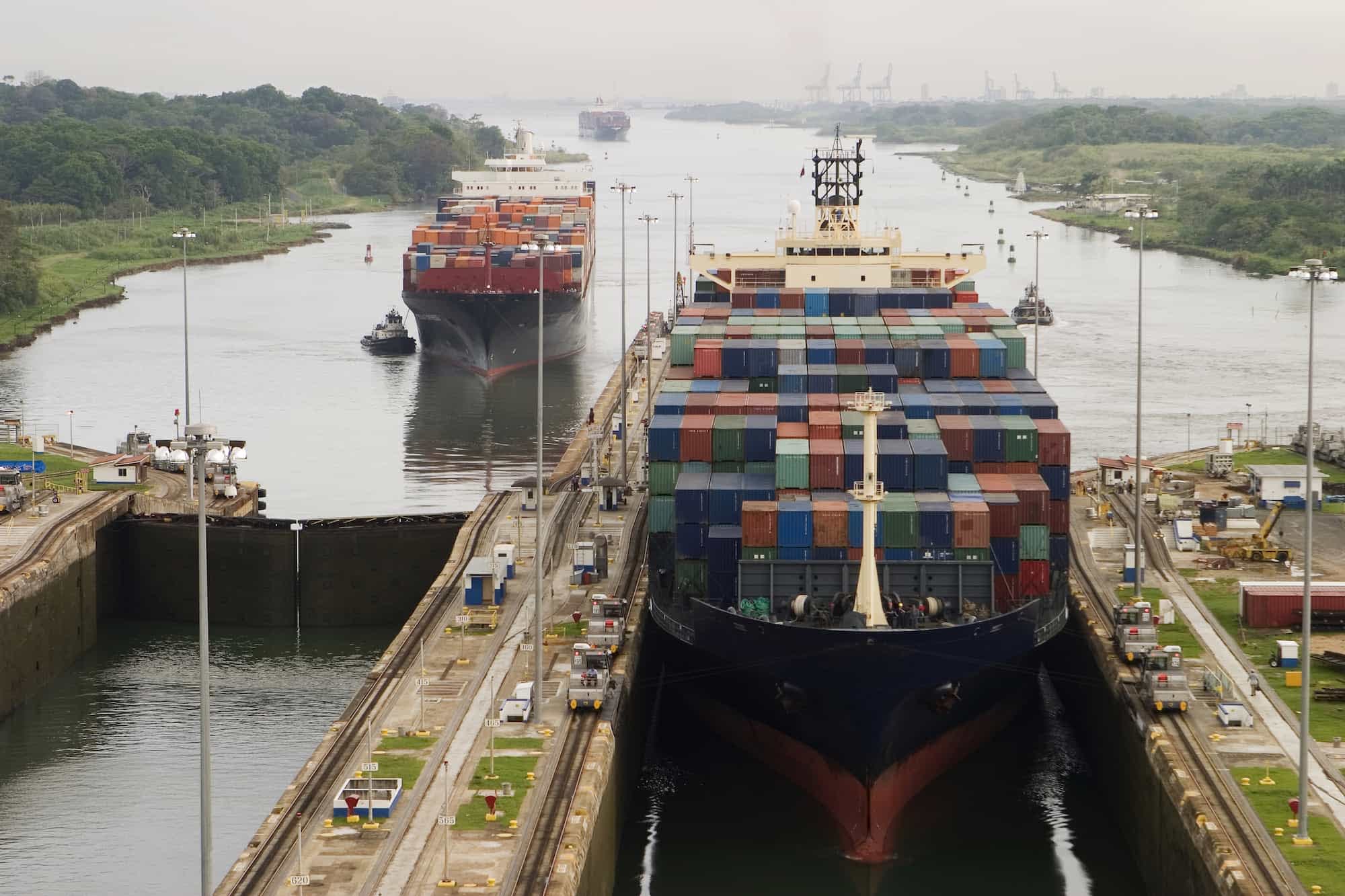
September 4, 2024
When Is Peak Season 2024? Important Dates to Know
When Is Peak Season 2024? Important Dates to Know
For most ecommerce businesses, the final weeks of the year are the busiest and most crucial for the success of their online stores. Peak season, a period characterized by high consumer shopping demand and a flurry of product promotions, typically begins between August and September, and continues through the December holidays.
With a timeline that spans nearly a third of the year, how do merchants and ecommerce business owners stay ahead of critical consumer shopping dates?
This blog aims to provide merchants with a comprehensive list of important dates you need to know for Peak season in 2024. This information can help your online business adequately plan inventory levels, map out product promotions, and refine supply chain processes to take advantage of peak consumer demand and maximize profitability.
An Overview of Peak Season 2024
Most Peak season shopping and promotional events are purposefully oriented around major gift-giving holidays throughout the calendar year. The December holidays, Valentine’s Day, Mother’s Day, and Father’s Day are well-established and extremely lucrative shopping events that are heavily promoted across industries.
Other major shopping days, like Black Friday, Cyber Monday, and Amazon Prime Day, have emerged as the largest consumer shopping events of the year, with retailers offering huge discounts to accelerate sales with massive, high-intent audiences on major retailer websites.
It’s clear that tracking these days, and mapping your supply chain operations around them, every year can be a huge growth driver for ecommerce merchants. With this in mind, we outlined each of the major shopping events for 2024, and what you can expect.
Amazon Prime Day: July 16 - July 17
Prime Day is a major shopping event hosted annually by retail giant Amazon. Throughout this two-day event, online shoppers receive massive discounts on millions of products sold through Amazon’s platform. This presents ecommerce merchants with a massive opportunity to reach millions of prospective customers with high purchase intent. In fact, Amazon reported that they received nearly 250 million orders on Prime Day in 2023.
Top product categories for Amazon shoppers during Peak Season 2023 included:
- Electronics
- Apparel
- Toys
- Household
- Goods
- Groceries
Back-to-School Season: Late August / Early September
As the school year kicks off for millions of students across the country, parents begin shopping for a wide array of products to set their children up for success - including stationary, school supplies, electronics, footwear, and apparel.
While the majority of back-to-school shopping typically takes place in physical stores, ecommerce businesses should still use promotional offers and discounts to attract their share of shoppers. It’s projected that the percentage of back-to-school purchases made exclusively online will increase from 31.5% to 34.9% in 2024.
Labor Day: September 2
Labor Day is typically defined by end of season sales for Summer products, and kicks off the Fall shopping season. During Labor Day sales events, consumers can expect discounts and promotions on items like patio furniture, grills, yard tools and gardening supplies, Summer apparel, and select electronics.
Ecommerce merchants should view Labor Day as their final opportunity to off-load inventory on Summer products, and maximize sales ahead of extremely competitive Fall and Winter shopping days. This also indicates that brands should begin ramping up inventory and fulfillment services of their most popular items ahead of major shopping days towards the end of the year.
Black Friday and Cyber Monday: November 29 - December 2
What began as two distinct shopping events has since merged into one global phenomenon, kicking off the winter holiday shopping season. During this weekend-long event, consumers can find discounts and deals on nearly every category of product, signaling that businesses need to be particularly competitive at this time. Ecommerce businesses should be creating custom promotional offers for users, leveraging their historical data to help improve conversion across their online stores. Automating these offers should be top of mind, so you can use your resources to shore up your fulfillment services and returns processes. Make sure to begin planning for Peak season earlier in the year so your supply chain can handle the influx of customers.
Ecommerce businesses should also be aware that cart abandonment could spike during this period due to the levels of competition in the marketplace. So it’s crucial that your business is retargeting new visitors, and sending out special offers to loyal, repeat customers.
Top product categories for Black Friday and Cyber Monday include:
- Electronics
- Appliances
- Apparel
- Sporting Goods
- Toys
- Books
- Jewelry
To prepare your business for Black Friday and Cyber Monday shopping, you should be working with suppliers and manufacturers to have inventory in-stock no later than November 8, 2024. Visit our Help Center for a comprehensive list of key Black Friday and Cyber Monday dates and deadlines across Flexport’s suite of services to have your inventory prepped, stocked, and ready for fulfillment.
Super Saturday and the Lead-up to the Winter Holidays: December 21 - December 24
Also known as “Panic Saturday," Super Saturday kicks off the final stretch of holiday shopping before the major Winter holidays. During these days, consumers may be willing to spend more in order to meet tight deadlines ahead of the holiday.
Ecommerce businesses should be prepared to offer promotional offers, and expedited shipping services so that gifts arrive on time for the end-consumer. For many online retailers, this may require partnering with a trusted third party logistics provider (3PL) - with established last mile carrier relationships, a distributed network of warehouses, and predictive demand planning resources - to help them coordinate last minute orders, and to ensure their most popular products can be shipped and delivered within 2-3 days. If possible, merchants should take advantage of fast delivery speed promises, like Shop Promise and Flexport's Fast Tags, to drive sales and improve the customer experience.
To meet consumer demand for the December holidays, we recommend that all merchants have their inventory fully stocked, and ready to ship to customers, no later than November, 23,2024. Visit our Help Center for a comprehensive list of dates and deadlines across Flexport’s suite of services during the holiday season.
Boxing Day: December 26, 2024
Boxing Day is a public holiday in many English-speaking countries outside of the U.S. - including the U.K., Canada, and Australia. While demand is not as high as it is the week before the Christmas holiday, many online retailers may view this as an opportunity to off-load Christmas inventory and manage returns and exchanges.
At this point, ecommerce merchants should shift their attention to ensuring a smooth returns and exchange process for customers. This is where a relationship with a 3PL can make a difference. 3PLs typically have an advanced shipping and fulfillment infrastructure that can take the strain off of merchants and their resources.
Flexport Returns, for example, works as your dedicated returns management partner, allowing for greater control of your returned inventory and can be managed all under one roof. By directly integrating with major returns partners - like Loop, ReturnGo, Narvar, and more - Flexport Returns can restock inventory within 3 business days. This eliminates the tedious back-and-forth with buyers and the manual handling of inspecting returns, saving your business time and money during Peak season.
Ready to Get Started? Flexport Can Help.
At Flexport, we strive to provide merchants with the logistics support they need to tackle Peak Season. Our fulfillment experts can help you refine your shipping, tracking, and returns procedures, so you can focus on building a memorable brand experience that will drive sales and delight your customers.
Talk with a fulfillment expert today to learn more about Flexport’s competitive shipping and logistics services.






